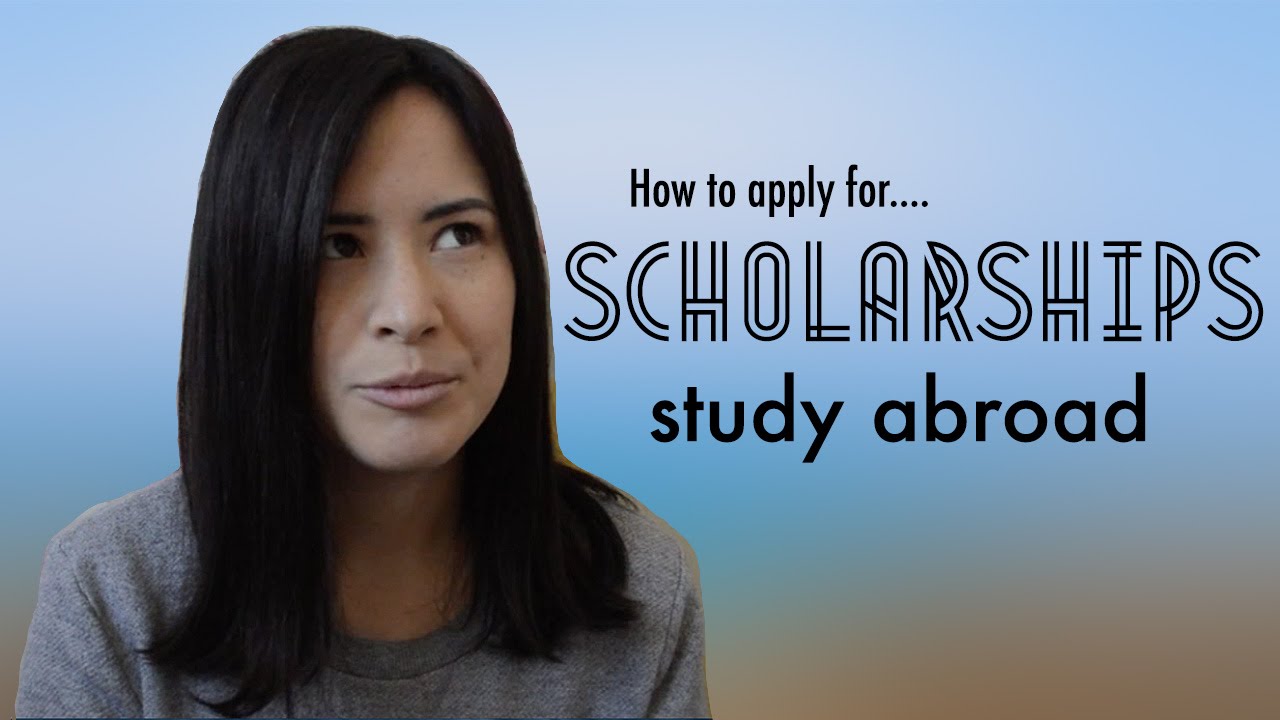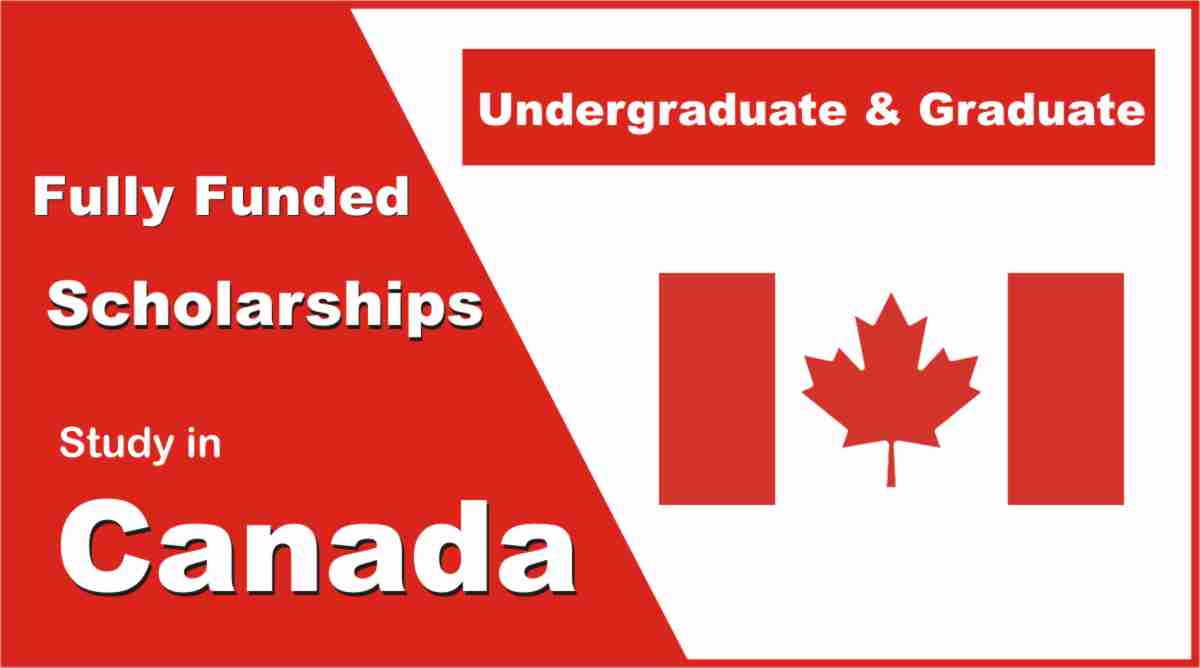Studying abroad is a life-changing opportunity, offering exposure to world-class education, diverse cultures, and global career prospects. However, the costs—tuition, travel, and living expenses—can be daunting for international students. Scholarships are a game-changer, providing financial support to make your academic dreams reality. Whether you’re eyeing a degree at Harvard, Oxford, or the University of Sydney, this engaging guide walks you through the process of applying for study abroad scholarships. Packed with practical steps, inspiring stories, and expert tips, this article is your roadmap to securing funding for your global education.
Why Apply for Study Abroad Scholarships?
Scholarships do more than ease financial burdens—they open doors to transformative experiences. Here’s why they’re worth the effort:
-
Financial Relief: Cover tuition, accommodation, travel, and living costs.
-
Access to Top Universities: Study at prestigious institutions without breaking the bank.
-
Recognition of Talent: Reward academic excellence, leadership, and community contributions.
-
Global Opportunities: Build networks and skills for a competitive career.
-
Personal Growth: Immerse yourself in new cultures, fostering independence and adaptability.
 Image: A thrilled international student celebrating a scholarship award.
Image: A thrilled international student celebrating a scholarship award.
Understanding Study Abroad Scholarships
Before diving into the application process, it’s crucial to understand the types of scholarships available:
-
Merit-Based: Awarded for academic excellence, leadership, or extracurricular achievements.
-
Need-Based: For students with demonstrated financial hardship.
-
Country-Specific: Target students from specific nations, often funded by governments or international organizations.
-
Subject-Specific: Support fields like STEM, arts, or social sciences.
-
Fully Funded: Cover all costs—tuition, living expenses, travel, and more.
-
Partially Funded: Cover a portion, such as tuition or accommodation.
-
University-Specific: Offered by institutions to attract international talent.
-
Program-Specific: Tied to study abroad programs like Erasmus or Fulbright.
Step-by-Step Guide to Applying for Study Abroad Scholarships
Securing a scholarship requires strategy, preparation, and persistence. Follow these steps to maximize your chances:
Step 1: Research Scholarship Opportunities
Start your search 12–18 months before your intended study abroad program. Use these resources:
-
Online Databases:
-
www.scholarships.com
-
www.studyportals.com
-
www.educationusa.state.gov
-
-
University Websites: Check international student sections for institution-specific awards.
-
Government Programs: Explore scholarships like Fulbright (USA), Chevening (UK), or Australia Awards.
-
Study Abroad Advisors: Consult your school’s international office or education counselors.
-
Embassies and Organizations: Many countries offer scholarships through embassies or NGOs like the Aga Khan Foundation.
Tip: Create a spreadsheet to track scholarship names, eligibility, deadlines, and requirements.
Image: A student researching scholarship opportunities online.
Step 2: Check Eligibility Criteria
Each scholarship has specific requirements. Common criteria include:
-
Academic Performance: Minimum GPA or test scores (e.g., SAT, GRE, TOEFL, IELTS).
-
Nationality: Some scholarships are region-specific (e.g., Commonwealth Scholarships for Commonwealth citizens).
-
Field of Study: Certain awards target specific disciplines.
-
Level of Study: Undergraduate, graduate, or research programs.
-
Financial Need: Proof of income or financial statements.
-
Leadership or Community Involvement: Evidence of extracurricular activities or volunteer work.
Tip: Apply only to scholarships where you meet all criteria to avoid wasting time.
Step 3: Gather Required Documents
Prepare these common documents in advance:
-
Academic Transcripts: Certified copies of your high school or university records.
-
Standardized Test Scores: SAT/ACT for undergraduates, GRE/GMAT for graduates, TOEFL/IELTS for English proficiency.
-
Recommendation Letters: 2–3 letters from teachers, professors, or employers highlighting your strengths.
-
Personal Statement or Essay: A 500–1,000-word essay outlining your goals, achievements, and why you deserve the scholarship.
-
Resume/CV: A concise summary of your academic, professional, and extracurricular achievements.
-
Proof of Financial Need: Bank statements, income documents, or a financial aid form (if applicable).
-
Passport Copy: For identification and visa purposes.
-
Portfolio: For creative fields like art or design, if required.
Tip: Keep digital and hard copies of all documents, and translate non-English documents with certified translations.
Step 4: Craft a Winning Application
Your application is your chance to stand out. Here’s how to make it shine:
-
Personal Statement:
-
Tell a compelling story about your background, passions, and goals.
-
Align your aspirations with the scholarship’s mission (e.g., leadership for Chevening, global impact for Fulbright).
-
Be authentic—share challenges you’ve overcome or unique experiences.
-
-
Recommendation Letters:
-
Choose recommenders who know you well and can provide specific examples.
-
Provide them with your resume and scholarship details to guide their writing.
-
-
Tailor Each Application:
-
Customize your essay and documents for each scholarship’s criteria and values.
-
Avoid generic applications—they rarely succeed.
-
-
Proofread Thoroughly:
-
Check for grammar, spelling, and formatting errors.
-
Ask a teacher or friend to review your application.
-
Step 5: Submit Applications on Time
-
Track Deadlines: Scholarship deadlines vary, often 6–12 months before the program starts. Note early deadlines for programs like Fulbright (February–October) or Chevening (November).
-
Submit Early: Avoid last-minute technical issues by submitting a week before the deadline.
-
Use Correct Platforms: Some scholarships require online portals, while others need mailed documents or university nominations.
Tip: Set calendar reminders for deadlines and follow-up dates.
Step 6: Prepare for Interviews
Some scholarships, like Chevening or Knight-Hennessy, require interviews. Here’s how to prepare:
-
Research the Scholarship: Understand its mission, values, and selection criteria.
-
Practice Common Questions: Be ready to discuss your goals, leadership experiences, and why you chose the program.
-
Show Confidence: Dress professionally, maintain eye contact, and articulate your thoughts clearly.
-
Prepare Questions: Ask about the scholarship’s impact or support for scholars.
Tip: Conduct mock interviews with a teacher or advisor to build confidence.
Step 7: Follow Up and Respond
-
Track Application Status: Check portals or contact scholarship offices for updates.
-
Respond Promptly: Provide additional documents or clarifications if requested.
-
Handle Rejections Gracefully: Request feedback to improve future applications, and reapply if eligible.
Tip: Stay positive—rejections are common, and persistence pays off.
Watch: Tips for Scholarship Applications
This video shares expert advice on crafting successful scholarship applications.
Top Study Abroad Scholarships to Consider
Here are some prestigious scholarships to kickstart your search:
-
Fulbright Foreign Student Program (USA):
-
Funds graduate study or research.
-
Covers tuition, airfare, stipend, and insurance.
-
Apply through Fulbright Commissions or US Embassies.
-
-
Chevening Scholarships (UK):
-
Fully funded master’s for future leaders.
-
Covers tuition, living costs, and travel.
-
Requires two years of work experience.
-
-
Commonwealth Scholarships (UK):
-
For Commonwealth citizens pursuing master’s or PhDs.
-
Covers tuition, airfare, and stipend.
-
Apply through nominating agencies.
-
-
Erasmus Mundus Joint Master Degrees (Europe):
-
Funds master’s programs across European universities.
-
Covers tuition, travel, and living allowance.
-
Apply directly to programs.
-
-
Australia Awards Scholarships:
-
For students from developing countries.
-
Covers tuition, living expenses, and airfare.
-
Apply via the Australia Awards website.
-
Tips for a Successful Scholarship Application
-
Apply to Multiple Scholarships: Increase your chances by targeting 5–10 opportunities.
-
Highlight Your Uniqueness: Share personal stories, cultural background, or challenges overcome.
-
Show Alignment: Connect your goals to the scholarship’s mission (e.g., global development, innovation).
-
Leverage Networks: Seek guidance from teachers, alumni, or study abroad advisors.
-
Stay Organized: Use a spreadsheet to manage deadlines, documents, and statuses.
-
Be Persistent: Rejections are part of the process—keep applying and refining your approach.
A Student’s Story: Aisha from Kenya
Aisha, a Commonwealth Scholar at the University of Manchester, shares: “Applying for scholarships felt overwhelming, but I focused on my work with local NGOs. My essay highlighted how education would amplify my impact. The scholarship process was rigorous, but now I’m studying public health in the UK, fully funded, and it’s a dream come true.”
 Image: A student proudly sharing their scholarship journey.
Image: A student proudly sharing their scholarship journey.
Challenges and How to Overcome Them
Applying for scholarships can be competitive, but these strategies help you navigate obstacles:
-
High Competition: Apply to lesser-known scholarships or niche awards to improve odds.
-
Time-Intensive Applications: Break tasks into manageable steps and start early.
-
Essay Fatigue: Reuse core essay themes but tailor each to the scholarship’s focus.
-
Rejections: Use feedback to strengthen future applications and stay resilient.
-
Language Barriers: Seek help from English tutors or advisors to polish essays and documents.
Frequently Asked Questions (FAQs)
-
How do I find study abroad scholarships?
Use databases like scholarships.com, studyportals.com, or educationusa.state.gov, and check university and government websites. -
What documents are needed for scholarship applications?
Transcripts, test scores, recommendation letters, a personal statement, resume, and proof of financial need (if required). -
Can I apply for scholarships before university admission?
Some require admission first, while others allow simultaneous applications. Check scholarship guidelines. -
How many scholarships should I apply for?
Apply to 5–10 to increase your chances, ensuring you meet eligibility for each. -
What makes a strong scholarship essay?
A compelling story, clear goals, alignment with the scholarship’s mission, and authenticity. -
Do I need to repay scholarships?
No, scholarships are grants, not loans, and do not require repayment. -
Can I apply for multiple scholarships?
Yes, but confirm that scholarships allow concurrent funding. -
How early should I start applying?
Begin 12–18 months before your program to meet deadlines and prepare strong applications. -
What if I don’t meet eligibility criteria?
Look for scholarships with broader criteria or work on qualifications like test scores for future opportunities. -
Are interviews common for scholarships?
Some, like Chevening or Fulbright, require interviews. Prepare by researching the scholarship and practicing responses.
Launch Your Scholarship Application Today!
Study abroad scholarships are your ticket to global education, cultural immersion, and career success. Don’t let financial barriers stop you—start your journey now:
-
Find Scholarships: Explore www.scholarships.com or www.educationusa.state.gov.
-
Research Universities: Check institution websites for international awards.
-
Begin Preparing: Gather documents and draft your personal statement today.
Your study abroad adventure awaits—apply for scholarships and unlock a world of possibilities!










